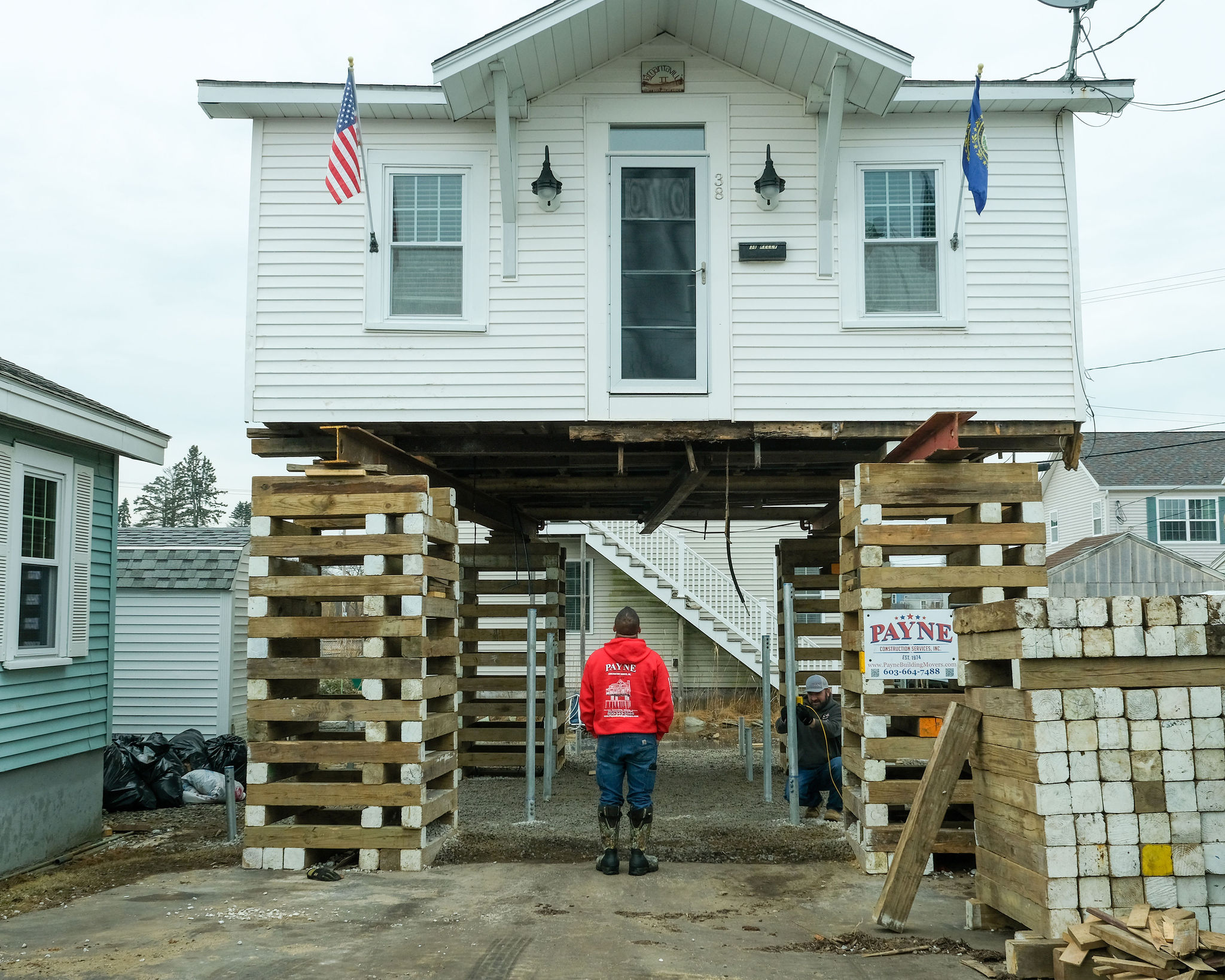
April 24, 2024
By Maddie DiIonno, Rockingham Planning Commission
HAMPTON – In March 2024, the town of Hampton approved several amendments to its floodplain development regulations to enhance compliance with the NH State Building Code and bolster the town’s resilience against future flooding events. The newly adopted standards were developed by a steering committee made up of town officials, staff, and stakeholders as part of the Flood Smart Seacoast Project of Special Merit funded by the National Oceanic and Atmospheric Administration Office for Coastal Management.
The new floodplain development standards include prohibiting the development of critical facilities such as fire stations, hospitals, water supply and waste treatment facilities and schools in the designated Special Flood Hazard Area (SFHA), unless a series of very stringent criteria can be met. These facilities provide functions and services that are integral to the safety and well-being of the community, especially during and after a disaster. As such, construction of these facilities in the Special Flood Hazard Area should be avoided.
The standards also require all new construction of utilities and mechanicals to be elevated to the same level required for the lowest floor of the structure. Hampton has several undersized pre-existing lots of record and tightly spaced structures, many of which are in the Special Flood Hazard Area. This presents a variety of potential health and safety challenges. Elevating utilities and mechanicals to the same level required for the lowest floor of the structure provides an added measure of safety and reduces the risk of damage from flooding. Beyond the safety benefits, the elevation of utilities and mechanicals helps minimize the likelihood of damage to equipment that would be costly to repair or replace.
The third adopted standard requires sea-level rise to be accounted for in the design and construction of new buildings. This standard specifies building elevation requirements (called the sea-level rise design flood elevation, or SLR-DFE) based on the type of structure, its tolerance for flood risk and projected sea level rise. Hampton utilized the NH Coastal Flood Risk Summary, Part II: Guidance for Using Scientific Projections to develop the specific sea level rise design flood elevation requirements. These elevation requirements will provide additional protection to new structures against damage from flooding. For more detail on SLR DFE visit the Town of Hampton Flood Smart Seacoast Project webpage.
The adoption of more stringent floodplain management standards is one of the many initiatives Hampton has undertaken in its efforts to protect the community against increasing extreme weather events. As a coastal community, Hampton is particularly vulnerable to flooding, storm surges, and erosion exacerbated by rising sea levels and more intense storms. These extreme weather events pose significant threats to infrastructure, property, and public safety, necessitating proactive measures to enhance resilience and adaptation efforts within the community. Hampton’s adoption of stricter floodplain management standards marks a pivotal chapter in its resilience narrative and further enhances the town’s profile as a regional leader in coastal resilience.
Photo credit: Elise Sullivan
